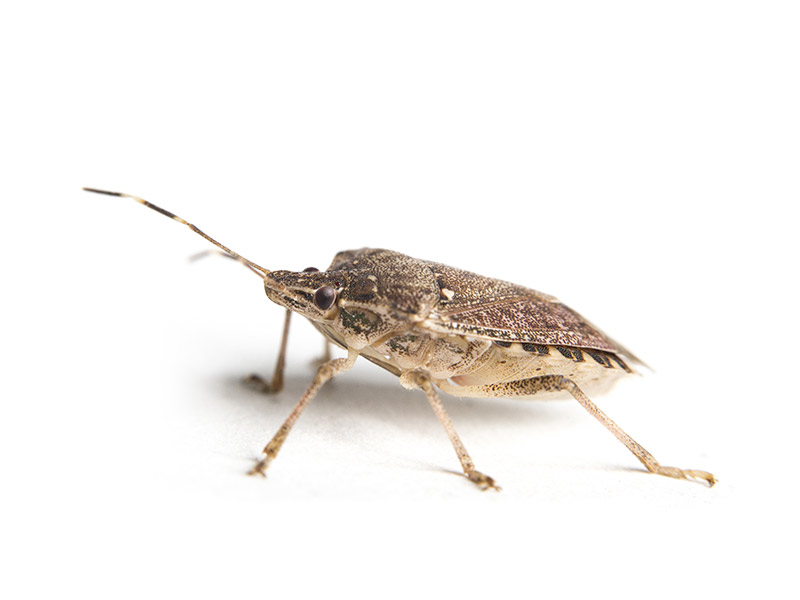Eco-Friendly Insect Control Approaches for Managing Wildlife in Urban Areas
Urban locations frequently discover themselves at the crossway of human activity and wild animals, leading to one-of-a-kind difficulties in insect monitoring. Environmentally friendly techniques emphasize sustainable conjunction, utilizing strategies such as environment modification and natural repellents to mitigate human-wildlife disputes. These techniques not just secure the setting however likewise improve community involvement in wildlife management. As city populaces proceed to grow, recognizing the dynamics of wild animals interactions comes to be increasingly critical. What innovative techniques can be executed to guarantee both ecological balance and urban safety? Discovering this inquiry discloses an engaging landscape of prospective services.
Recognizing Urban Wildlife Dynamics
Recognizing Urban Wildlife Characteristics is necessary for establishing efficient and environment-friendly insect control approaches. Urban areas are increasingly coming to be habitats for numerous wildlife varieties, driven by elements such as habitat fragmentation, food schedule, and human advancement. Identifying these characteristics enables a nuanced approach to pest monitoring that straightens with ecological concepts.
Urban wildlife commonly includes species such as raccoons, squirrels, and birds, which adapt to city environments, locating specific niches in environment-friendly areas, parks, and also houses. Their presence can cause conflicts with human beings, particularly when they make use of human sources for food and sanctuary. Recognizing the behaviors and eco-friendly roles of these types notifies strategies that decrease adverse interactions while advertising biodiversity.
Moreover, acknowledging the interdependencies within urban ecosystems helps in identifying essential locations for habitat conservation and reconstruction. This knowledge contributes to the advancement of incorporated bug monitoring (IPM) methods that take into consideration the environmental equilibrium, thereby reducing reliance on harmful chemicals. By promoting conjunction between people and urban wild animals, cities can create healthier settings that profit both homeowners and regional ecological communities, leading the way for lasting metropolitan living.
Natural Repellents and Deterrents
All-natural repellents and deterrents supply a lasting alternative to traditional pest control techniques by taking advantage of the power of nature to keep undesirable types at bay. These green options normally use plant-based ingredients, crucial oils, and other normally taking place compounds that discourage insects without damaging the setting.
One reliable natural repellent is peppermint oil, which is known to repel rodents and pests. Its solid scent is undesirable to numerous bugs, making it a prominent selection for urban settings. In a similar way, vinegar and citrus peels can act as deterrents, as their strong odors are normally unappealing to various wild animals.
Furthermore, diatomaceous earth is an all-natural powder that can be spread in locations vulnerable to parasite task, effectively drying out and discouraging insects without posing threats to non-target varieties. Garlic sprays and neem oil are recognized for their ability to drive away a vast range of insects, consisting of both bugs and bigger wildlife.
Applying these natural repellents not only lowers dependence on chemical pesticides but also promotes a healthier metropolitan environment, promoting an extra well balanced conjunction in between people and wild animals. By making use of these strategies, metropolitan areas can properly take care of bug populaces while lessening environmental effect.
Habitat Adjustment Techniques
Reliable habitat adjustment methods play a vital function in lasting insect management by modifying the setting to make it much less conducive to pest problems. By comprehending the environmental dynamics of metropolitan areas, homeowner can execute critical alterations that prevent pests while promoting biodiversity.
One more important technique is to secure access points in structures. Examining and fixing splits in foundations, wall surfaces, and home windows can significantly lower parasite gain access to. Moreover, creating physical obstacles, such as fencings or plant barriers, can inhibit wild animals motion into human-inhabited areas.
Integrated Bug Management Practices
Structure upon habitat alteration methods, incorporated insect monitoring (IPM) techniques offer an all natural method to managing pest populations while lessening ecological influence. IPM combines different approaches, consisting of organic, social, mechanical, and chemical controls, to accomplish efficient bug management.
Biological control includes the introduction of natural predators or bloodsuckers to minimize pest populaces. Social techniques, such as crop rotation and sanitation, interfere with pest life cycles and lessen their environments - Pest Control. Mechanical controls, like traps and barriers, offer immediate relief from bug stress without chemical treatment
Chemical controls are used as a last hope, concentrating on targeted applications that restrict harm to non-target species and the atmosphere. The choice of eco-friendly chemicals, when needed, is important to the IPM framework. Additionally, keeping an eye on parasite populations and analyzing potential damage helps educate decision-making, guaranteeing that treatments are prompt and efficient.
Community Involvement and Education

Moreover, community-led campaigns, such as neighborhood clean-up days and environment remediation tasks, not just advertise biodiversity however likewise reinforce neighborhood connections. Pest Control. By motivating citizens to share their experiences and observations, communities can create targeted approaches that attend to certain local bug concerns
Integrating feedback from homeowners into parasite monitoring plans makes it possible for a more receptive and adaptive approach to wildlife challenges. Inevitably, notified and engaged areas are vital to attaining long-lasting success in environmentally friendly pest control, leading to much healthier urban settings that respect both human and environmental requirements.

Final Thought
In conclusion, environment-friendly insect control comes close to deal lasting remedies for handling city wild animals. By prioritizing habitat alteration, using natural repellents, and applying integrated pest administration methods, communities can cultivate an unified coexistence with local fauna.
Comments on “Pest Control services for residential and commercial properties.”